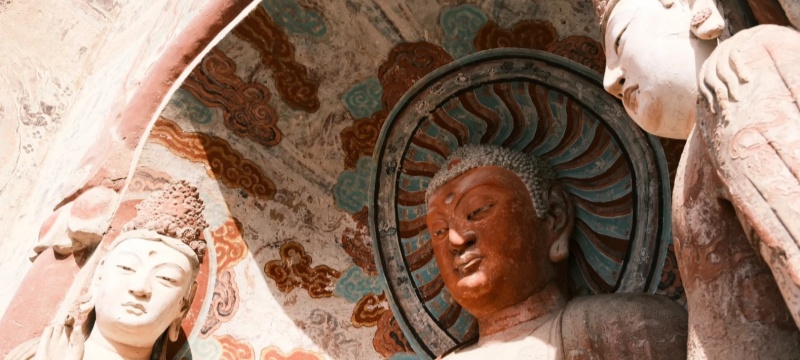
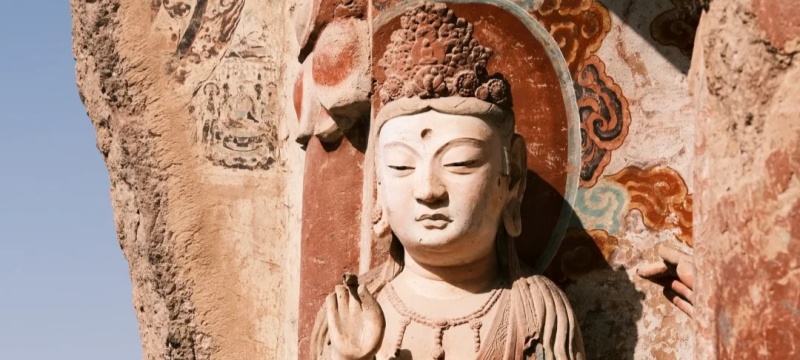
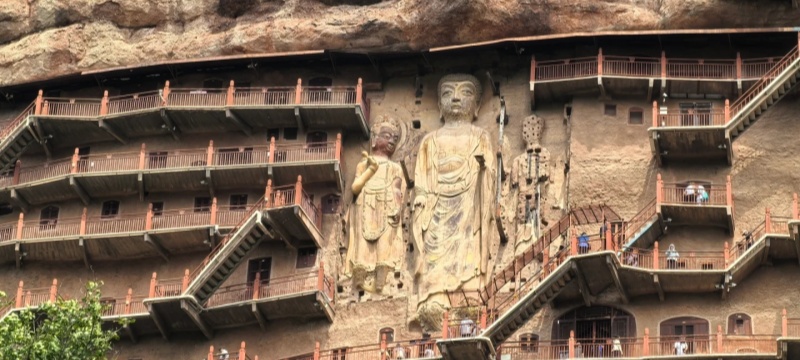
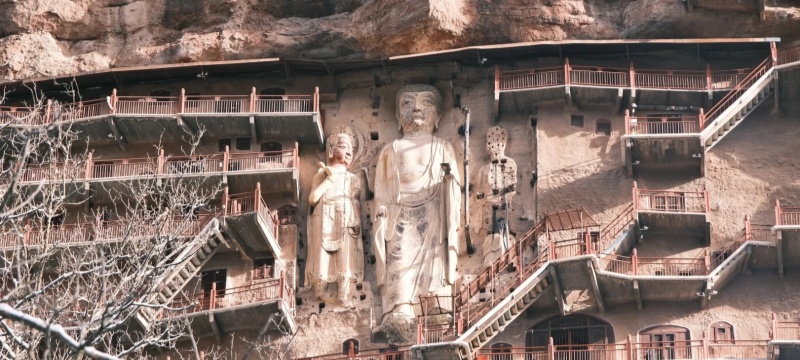
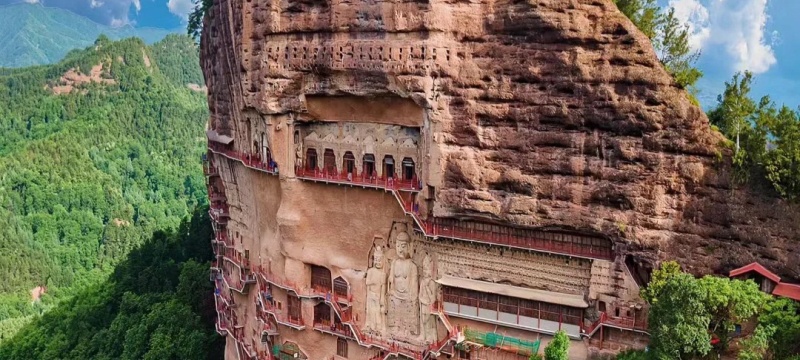





Maijishan Grottoes
Spectacular cliffside Buddhist caves in Gansu, China, with 7,000+ statues & murals carved over 1,500 years ago. A 'forest of pagodas' on a wheat-stack mountain.
1.Attraction Introduction
Maijishan Grottoes, a UNESCO World Heritage Site, is one of China's "Four Great Buddhist Grottoes," renowned for its exquisite cliff-carved sculptures and fusion of art, religion, and nature. Perched on a 142-meter-high wheat-stack-shaped hill (Maiji means "wheat stack"), it boasts 7,942 Buddhist statues and over 1,000 square meters of murals across 194 caves. Unlike the desert grottoes of Dunhuang, Maijishan’s lush forest setting and delicate clay sculptures reflect a unique blend of Indian Gandhara style and Chinese aesthetics from the 4th to 19th centuries.
2.Historical Background
Construction began during the Later Qin dynasty (384–417 CE), flourishing under Northern Wei and Western Wei patronage. Unlike the imperial-funded Longmen or Yungang Grottoes, Maijishan was primarily sponsored by local nobles and monks, resulting in diverse artistic styles. Many statues were later repainted during the Ming and Qing dynasties, creating a layered cultural legacy.
The grottoes survived earthquakes due to their resilient wooden scaffolding structures embedded in the cliff. During WWII, they were protected by art historian Xu Beihong, who called them "a museum of Oriental sculpture."
3.Map & Key Spots
East & West Cliffs: Connected by dizzying aerial walkways.
East Cliff: Cave 13 (15-meter Buddha triad), Cave 133 ("Smiling Child" statue).
West Cliff: Cave 121 (intimate Bodhisattva-monk pairing), Cave 127 (finest Northern Wei murals).
Central Area: Cave 98 (iconic cliff-face Maitreya Buddha).
4.Suggested Routes
Classic (2–3 hrs): East Cliff walkway → Central Maitreya → West Cliff highlights.
In-depth (5 hrs): Add Cave 133’s "Thousand-Buddha Corridor" and hiking to nearby Ruqin Temple.
5.Best Time to Visit
Recommended: April–October (vibrant greenery; avoid July–August rains).
Avoid: Winter (slippery paths; some caves close below 5°C).
6.Transportation
From Tianshui City:
Bus: Tourist Line 34 (5RMB, 1 hr) from Tianshui Railway Station.
Taxi: ~100RMB (40 mins, 35 km).
From Xi’an: High-speed train to Tianshui (2 hrs, 100RMB), then transfer.
Nearest Airport: Tianshui Maijishan Airport (20 km, taxi ~60RMB).
7.Tickets & Fees
Entrance: 90RMB (Apr–Nov); 70RMB (Dec–Mar).
Electric Cart: 15RMB (optional 3 km to gate).
8.Special Notes
Closed: Some caves rotate for restoration; check official notices.
Luggage Storage: At visitor center (free with ticket).
Caution: Walkways are narrow and steep; not suitable for vertigo sufferers.
